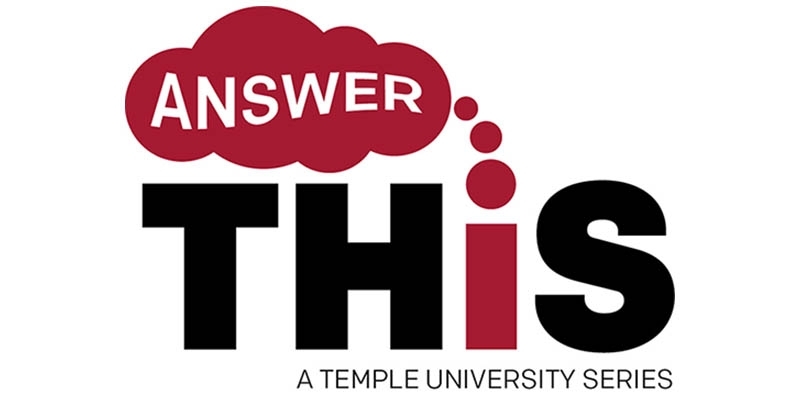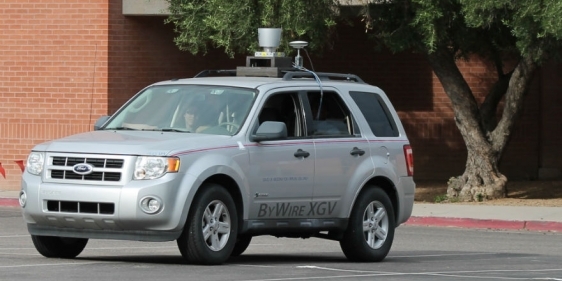Answer This: How will the first self-driving cars affect traffic?
Mathematics Associate Professor Benjamin Seibold explains how the introduction of self-driving cars could help traffic.
Expert: Benjamin Seibold
Title: Associate professor of mathematics
Areas of interest: Computational science and engineering, modeling of real-world processes, traffic flow modeling and simulation, level set approaches and jet schemes
Recently featured on: Marketplace
The prospect of self-driving cars taking to the roads en masse and completely transforming the ways humans operate vehicles—or don’t operate them—may indeed be years or decades out. But the beginnings of that future are already taking shape in several states, including Pennsylvania.
In Pittsburgh, the ride-hailing company Uber this month began using its fleet of self-driving cars—equipped with human staffers for assurance. Other autonomous vehicles are being tested elsewhere, including in California, where Google has been testing them since 2009.
Proponents say the innovative technology is the way of the future and that the cars will make roads safer by sensing their surroundings and communicating with one another.
But what are the near-term benefits, as human-controlled cars begin to share the roads with computer-controlled cars? How will the introduction of self-driving cars affect traffic? Temple Associate Professor of Mathematics Benjamin Seibold explains.
“Answer This” is an ongoing series of Temple University experts sharing their knowledge on a variety of topics and issues. Have more of your questions answered and subscribe to Temple’s YouTube channel to watch more videos in the series.
Media contacts: For interviews, please contact Hillel Hoffmann at 215-204-9699 or hjh@temple.edu.


